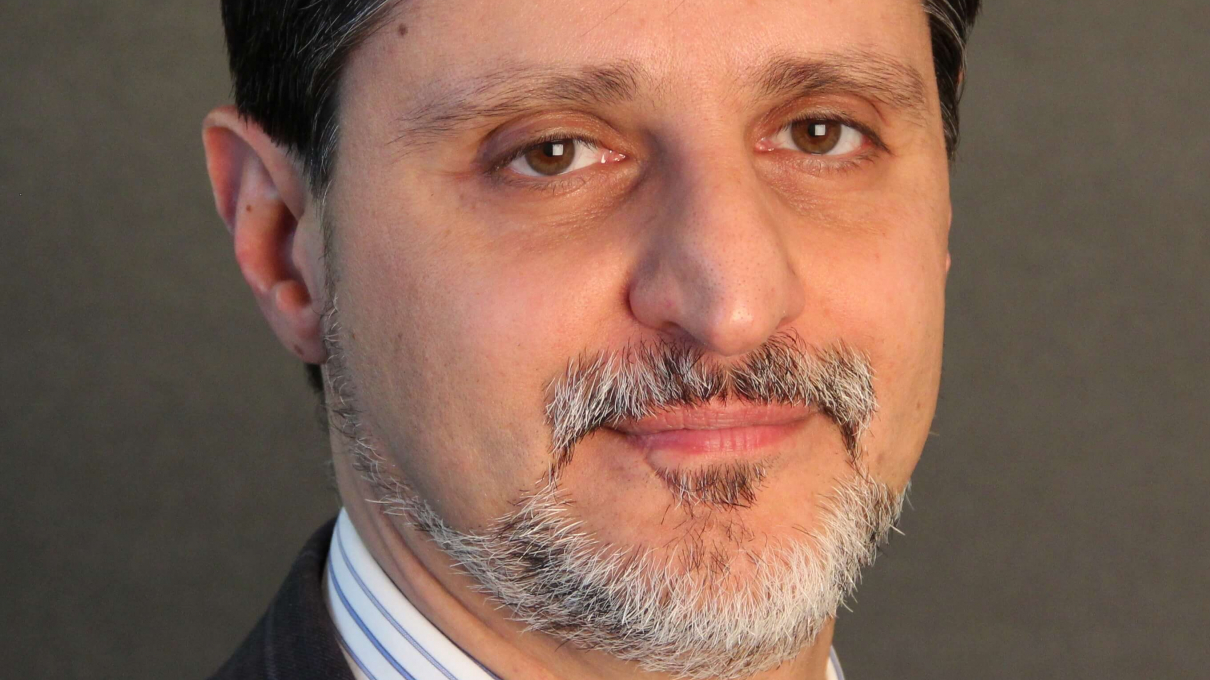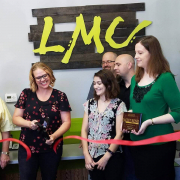Meet the Innovators: Majd Alwan, Senior Vice President of LeadingAge
We recently spoke with Majd Alwan, an expert in the Technology and Aging space, the Senior Vice President of Leading Age, and the Executive Director for CAST (Center for Aging Services Technology.) We thought you might be interested in hearing the highlights from our conversation!
Q: Thanks for talking with us today, Majd. Let me start by asking you to tell us who you are and what you do.
A: I’m Majd Alwan, Senior Vice President of Technology at LeadingAge. I’m an engineer by training. I have a Bachelor’s in Electrical Engineering, a Master’s in Control Engineering, and a PhD in Mobile Robotics from the University of London, Imperial College of Science, Technology, and Medicine.
I am also the Executive Director of the LeadingAge Center for Aging Services Technology (CAST). At CAST, we bring together aging service providers, especially those who are forward thinking, along with innovators from technology companies, and researchers from universities who are involved with developing and evaluating technologies. Our mission is to accelerate the cycle of developing, evaluating and adopting technology that can improve the quality of care and the quality of life for older adults and care providers, and help reduce the cost of caregiving on society. I know it sounds lofty, but I believe anything is possible if we put our minds to it, and have the right players and the right approach.
Q: How did you get started in this industry?
A: I’ve always been fascinated with biomedical applications of engineering, even starting back in grad school. When I was working on my PhD, I started working on designing an autonomous wheelchair for handicapped people, and that really sparked an interest in working with the aging population and people with disabilities. As you know, technology can benefit both. I landed at the University of Virginia as an assistant professor, and was hired to lead their Robotics and Eldercare Technologies Program. Then in early 2002 I attended the inaugural meeting that led to the creation of CAST. I’ve been involved in CAST from its early days.
Q: You’ve been part of the aging and technology industry for some time. What is going well, and what do you think could be better?
A: While we were developing our portfolios of hands-on technology application planning and selection tools, we recognized that while many provider organizations are engaged in strategic planning, many of the plans are shallow, on technology especially. They don’t dig deep enough into their goals, or look at what technologies are out there that could be key to achieving or facilitating those goals, or accelerating them, or reaching them more cost effectively or efficiently. We realized that organizations are adopting technologies but approaching them in a siloed manner. That’s a problem. So the next logical step is strategic IT planning, to identify what’s needed in the IT infrastructure, then layer technology applications on it.
So last year we launched a strategic IT planning portfolio. It makes sense for providers to take the opportunity of their next major investment, for example campus expansion, a new building, upgrades to facilities, etc. and use that project as an opportunity to look at the required IT infrastructure and invest in it first, and then invest in the applications. If you want to implement telehealth, if you haven’t planned ahead, you may discover your IT infrastructure can’t support it, maybe your network can’t handle the bandwidth for video conferencing with the hospital.
Q: How would you say that CAST is helping to change the way we provide aging services?
A: We start with trying to create vision, helping providers overcome the imagination barrier, by envisioning how technology can change the way they deliver services. We created a video for the 2005 White House Conference on Aging to show what we thought the future could be.
We also encourage technology companies to pursue the idea of living laboratories, to pilot technologies in provider settings as opposed to research study labs, or hypothetical environments. And we encourage the use of “user-centric” design, engaging caregivers and older adults in early stages of development, and raising the awareness of providers of developing technologies.
Then we realized that, although this was necessary, it wasn’t sufficient. So in 2011 (at that point I was leading CAST) we realized there was a need for more hands-on tools, and hand-holding guidance to help providers with technology adoption. So we did a scenario planning exercise of future business models that are technology-enabled, and at the same time likely to become mainstream over the next few years. We identified key enabling technologies that are foundational for these models, and then started portfolios of tools to help providers plan for, select, and implement these technologies.
Our first portfolio was on electronic health records (EHRs), and later ones featured remote monitoring, medication management, functional assessment and activity monitoring. This year we tackled the issue of shared care planning and care coordination across different settings, including the entire extended care team. The portfolios provide both a process, and also selection matrices that provide a lot of information about commercially available products, as well as easy-to-use interactive online selection tools that let providers objectively select solutions that are right for their care model or setting, and their must-have functionality and features.
Q: What’s coming up next?
A: The field of aging services is luckily very broad and rich, so we started with electronic health records, and are expanding. Once you create a monster, you have to keep feeding it and taking care of it. So we have to update the tools we created annually. Product offerings change as startups go belly up and their products disappear. Some firms are acquired and products are always enhanced, phased out, or launched. So we’ll continue to enrich our existing portfolio tools, and every year we add a new one. Next year is Care Coordination.
We’re expanding our EHR portfolio to add a 7-stage adoption model. You can measure the adoption of EHR by whether a firm has it or not, but we don’t have a good handle on what functionalities are used. So, with this model in place, we’ll get a perspective from EHR vendors on where their clients are, and later we plan to survey providers to see where they think they are.
And every year we add a new area. On the docket of potential tools are technologies for fall detection and prevention, emergency nurse call and response systems. And social connectedness is another big and exciting area.
We are advocates for technology, and we really examined technology policy priorities this year, and released an issue brief focusing on a few potential bills and initiatives, encouraging members to help us advocate for these things, including the expansion of access to the Internet, both for older adults and for aging service providers, advocating for the expansion of telehealth and telemedicine and removing restrictions on reimbursement. And we advocate for long-term post-acute care providers in EHR incentives. We’d like to see them actively participate in the health information exchange, and to be financially rewarded for adopting and using the new technologies.
Q: So, with all your experience in this space, do you have any advice to offer a new entrepreneur?
A: Sometimes entrepreneurs get too enamored with their own inventions. As an engineer, and as a former entrepreneur who has dabbled in startups, and from my research, I’d say you should talk to your potential clients and users, engage them from the early stages. Have a user-centered design approach. Treat them as co-development partners, and not just as a pilot site or test subjects. They have a lot to contribute, to help ensure that your product has a higher likelihood of being embraced and implemented. Engage with providers who understand the regulatory environment and the business environment. That’s important, for a company to make it through the long and scary Valley of Death from initial investment to making it in the real world as a sustainable business.
Laura Mitchell Consulting is a strike team of experts in the aging and technology industry. Know someone that we should feature in our “Meet the Innovators” blog series? Contact us at info@lmcllc.us and let us know!






